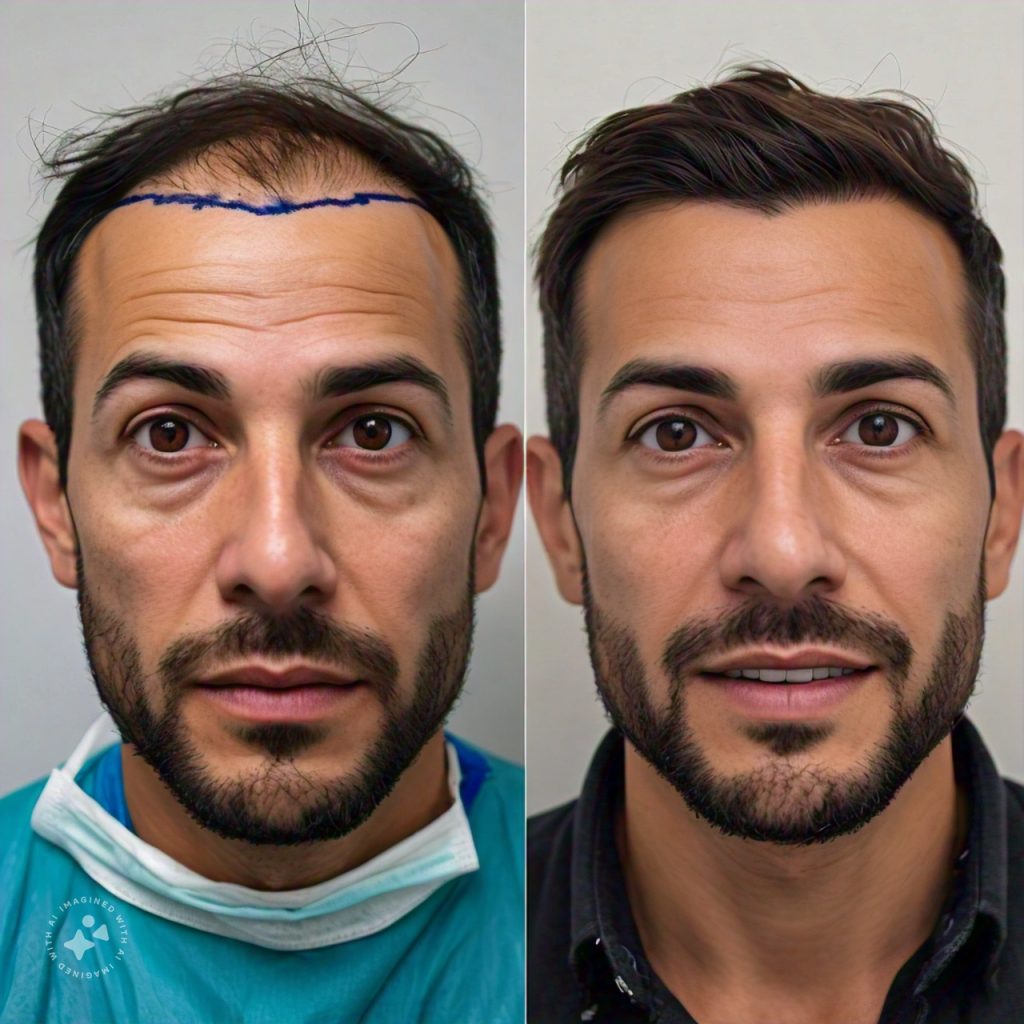Hair loss is a common concern that affects millions of people worldwide. Whether caused by genetics, stress, hormonal imbalances, or medical conditions, hair loss can have a significant impact on one’s confidence and self-esteem. Thankfully, advancements in medical science have made hair restoration possible through Hair Transplant procedures. If you’re considering this option, here’s everything you need to know.

What Is a Hair Transplant?
A hair transplant is a surgical procedure that involves moving hair follicles from one part of the body (usually the back or sides of the scalp, known as the donor area) to areas experiencing thinning or balding (the recipient area). This procedure is primarily used to treat male and female pattern baldness but can also address hair loss due to scarring, trauma, or other conditions.
Types of Hair Transplants
There are two primary techniques used in hair transplant procedures:
1. Follicular Unit Transplantation (FUT)
FUT, also known as the “strip method,” involves removing a strip of scalp tissue from the donor area. The strip is then dissected into individual follicular units, which are implanted into the recipient area.
- Advantages: Higher graft yield, suitable for large balding areas.
- Disadvantages: Linear scar in the donor area, longer recovery time.
2. Follicular Unit Extraction (FUE)
FUE involves harvesting individual hair follicles directly from the donor area using a specialized tool. The follicles are then transplanted into the balding area.
- Advantages: No visible scarring, faster recovery.
- Disadvantages: Time-consuming, may require multiple sessions for extensive hair loss.
Who Is a Suitable Candidate?
Not everyone is a candidate for a hair transplant. Here are some factors to consider:
- Age: Best suited for individuals over 25, as hair loss patterns stabilize by this age.
- Donor Hair Availability: Sufficient healthy hair in the donor area is crucial.
- Health: Candidates should be in good overall health with no conditions that could impair healing.
- Hair Loss Type: Ideal for androgenetic alopecia and other stable forms of hair loss.
The Hair Transplant Process
1. Consultation
The journey begins with a consultation where the surgeon evaluates your hair loss, discusses your goals, and determines the best technique for your needs.
2. Preparation
On the day of the surgery, the scalp is cleaned, and local anesthesia is administered to ensure a painless procedure.
3. Extraction
- For FUT: A strip of scalp is removed and dissected into grafts.
- For FUE: Individual follicles are extracted using a punch tool.
4. Implantation
The extracted grafts are meticulously implanted into the recipient area. Surgeons strategically place the follicles to mimic natural hair growth.
5. Recovery
Patients can return home the same day but must follow aftercare instructions to ensure proper healing. Initial shedding of transplanted hair occurs within 2-3 weeks, followed by regrowth after 3-4 months.
Benefits of Hair Transplants
- Permanent Results: Transplanted hair is resistant to balding and grows naturally.
- Boosts Confidence: Restores a youthful appearance and self-esteem.
- Low Maintenance: Once healed, transplanted hair requires no special care.
Final Thoughts
A hair transplant can be a life-changing solution for those struggling with hair loss. However, it’s essential to set realistic expectations, choose a qualified surgeon, and understand the process thoroughly. By doing so, you can achieve natural-looking results and regain your confidence.
We are located in Brighton and Hove, proudly serves the nearby areas. Capital Hair Restoration – Hair Transplant is a leading provider of surgical and non-surgical hair loss solutions for men and women throughout Brighton, the UK, and Ireland. Browse our site ( Brighton Hair Transplant ) or call us ( 020 8088 2393 ) for a chat.

